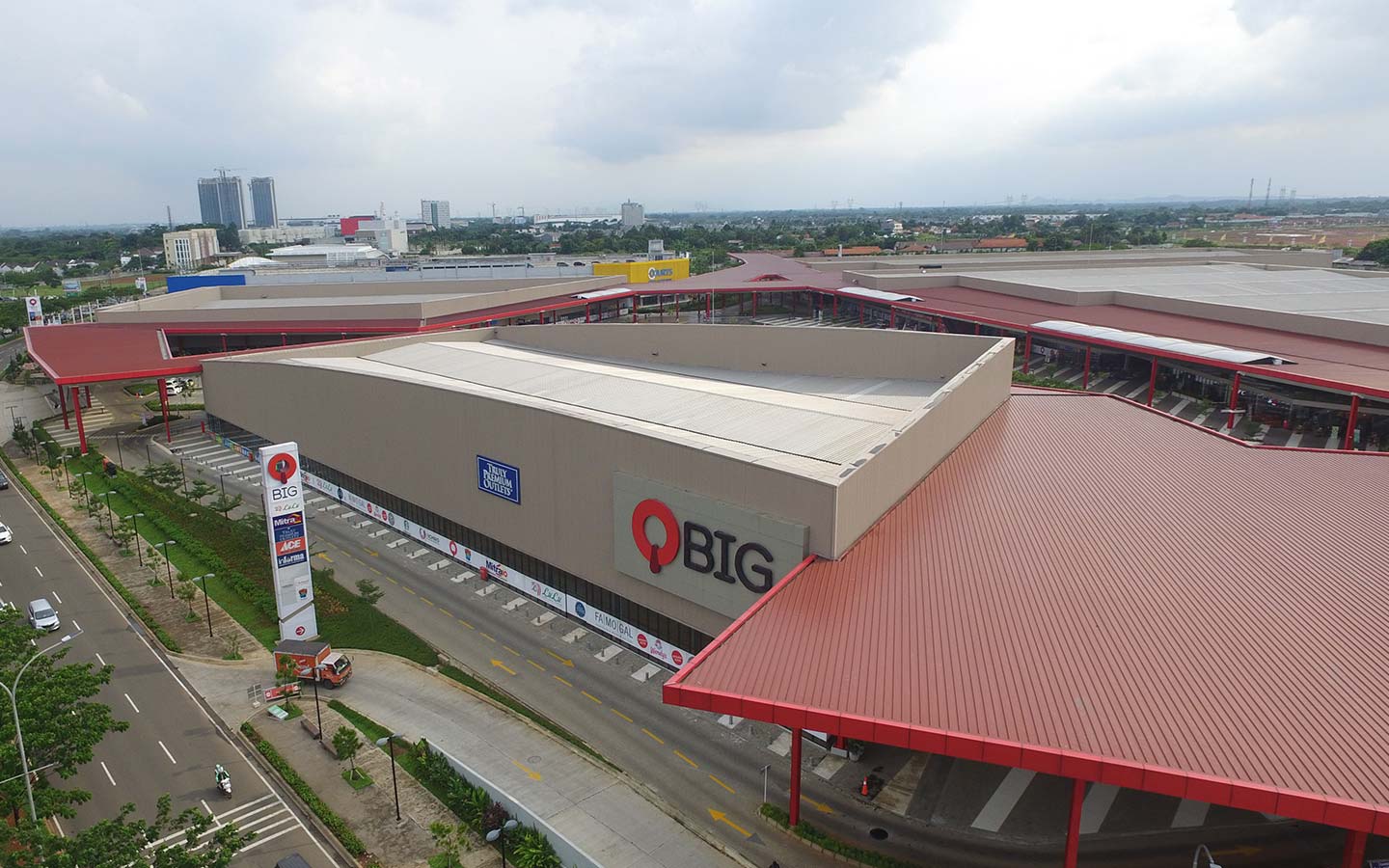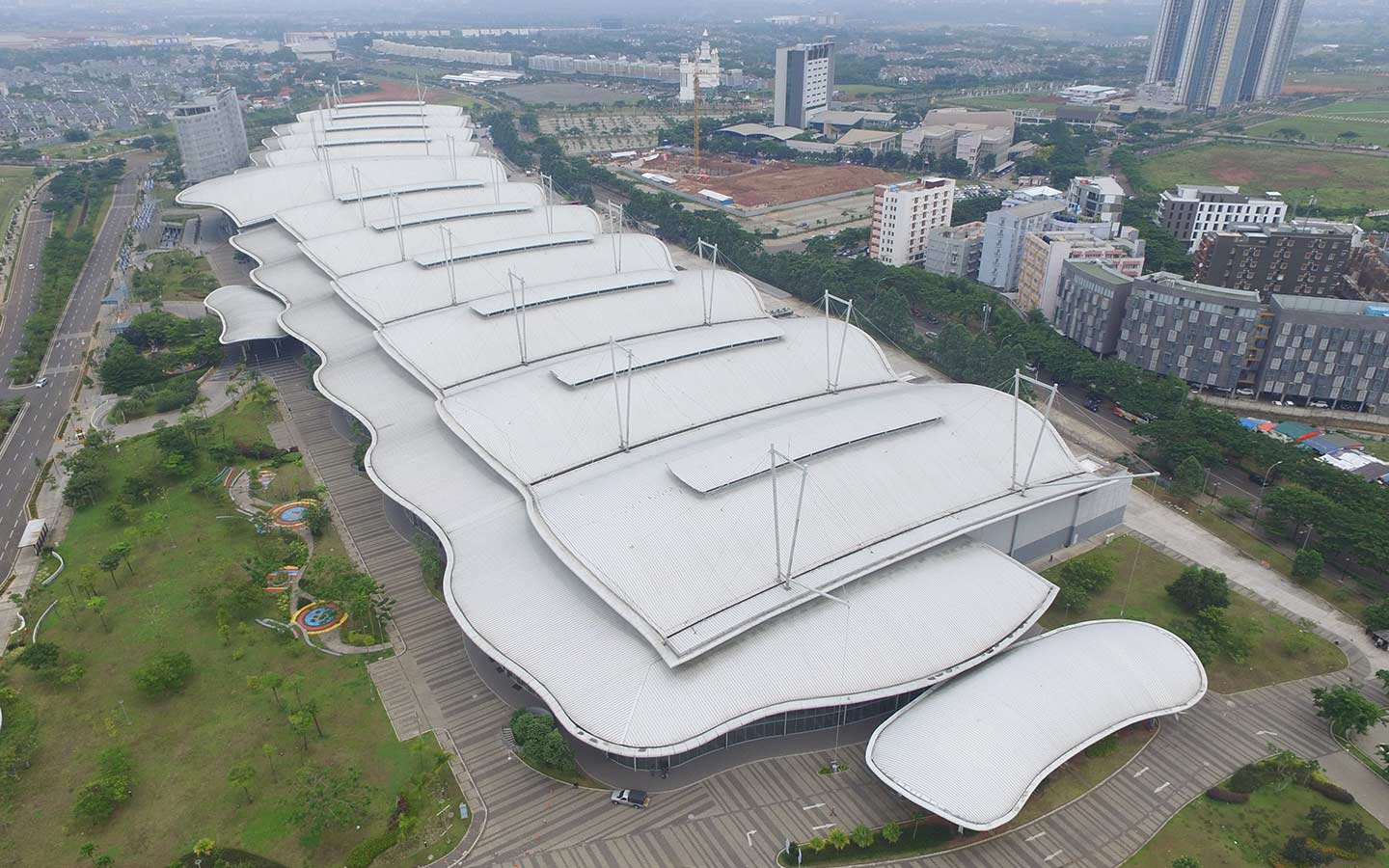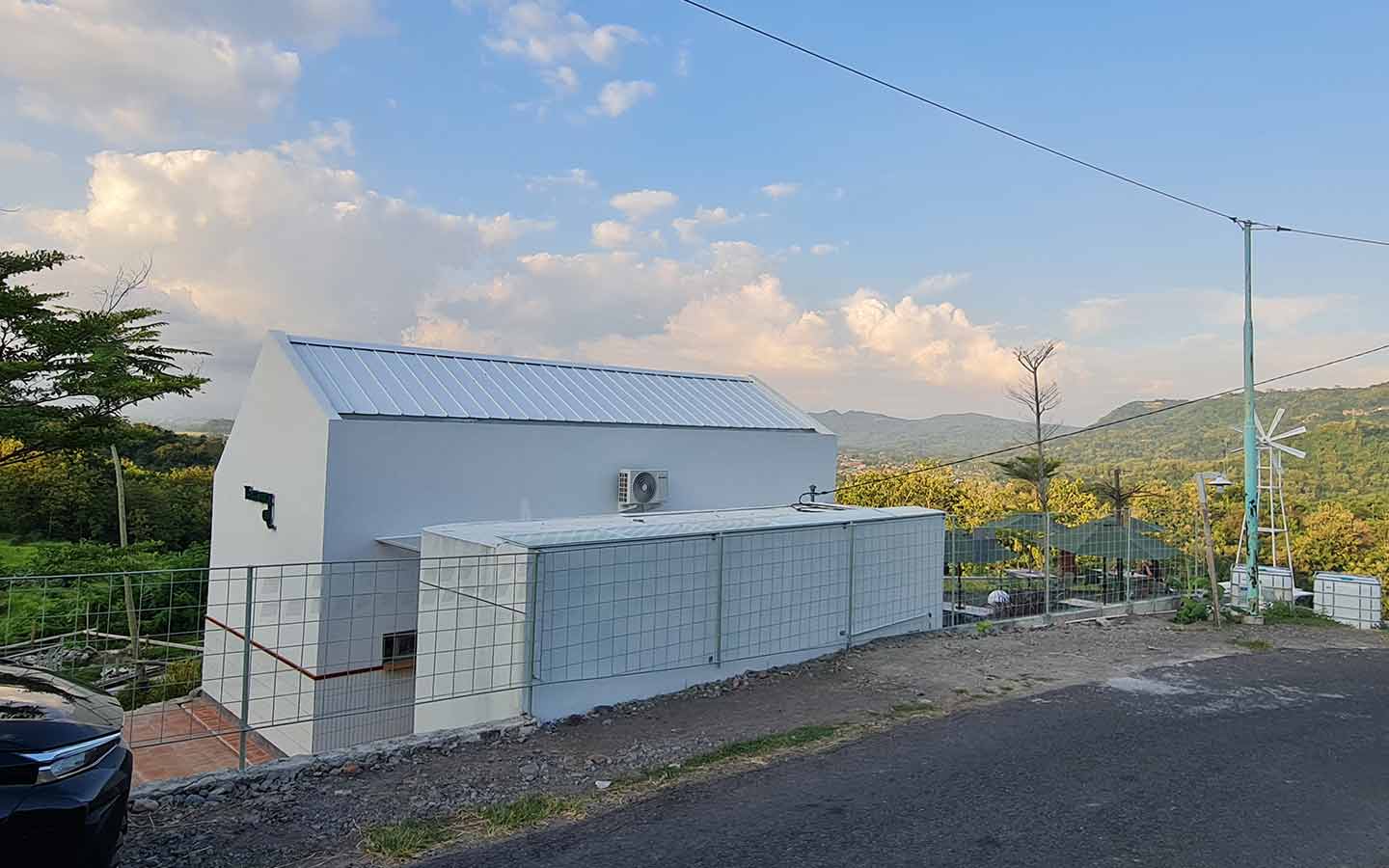17 Apr 2024
What Are the Principles of Green Architecture?
What Are the Principles of Green Architecture?
Share:
Imagine if you have a house that is not only aesthetic but also has a strong natural ambiance. It would certainly be very calming. But is it possible? With green architecture, the answer is very possible.
What is Green Architecture?
Green architecture, also known as sustainable architecture, is an approach in the field of architecture that emphasizes environmental sustainability. This concept encompasses various aspects to minimize negative impacts on the environment, such as more efficient use of natural resources, better energy management, wise water usage, and the selection of environmentally friendly and recyclable materials.
The importance of green architecture lies not only in efforts to preserve the environment but also in emphasizing development that can sustainably endure without damaging ecosystems in the long term. This concept aligns with the concept of sustainable development, which aims to meet current needs without compromising the ability of future generations to meet their own needs.
The Principle of Green Architecture

QBig BSD uses environmentally friendly building materials from COLORBOND®.
To fulfill its goal of reducing negative impacts on the environment, green architecture is bound to values rooted in sustainability. For clarification, here are some principles that form the foundation of green architecture in urban innovation:
1. Energy Saving
One characteristic of green architecture is the effort to reduce energy consumption. This is achieved by designing buildings to adapt to their surrounding environment, rather than altering the environment itself.
The utilization of natural energy sources such as sunlight for lighting and heating is optimized to reduce dependence on artificial electricity and heaters. By maximizing natural lighting and air circulation, the use of cooling equipment such as air conditioning can also be minimized.
2. Working with Climate
Green architecture seeks to collaborate with the climate and surrounding natural conditions. This means buildings must be designed taking into account the direction of the sun, wind patterns, and surrounding vegetation to create a comfortable environment for its occupants. The use of technologies such as water pumps, cross-ventilation, and the integration of green gardens and water features become integral parts of this strategy.
3. Paying Attention to Location

The Indonesia Convention Exhibition BSD City uses environmentally friendly building materials from COLORBOND®.
This principle emphasizes the importance of considering the interaction between buildings and their environment. Green architecture takes into account the construction, form, and operation of buildings by minimizing their negative impact on the surrounding environment. This can be achieved by designing buildings according to the existing land contours and considering vertical development to optimize space.
4. Considering Users
Green architecture not only considers the natural environment but also the building occupants. By taking into account the needs and comfort of the occupants, architectural designs are created to establish a healthy and comfortable living environment. This is achieved by selecting safe and comfortable materials, as well as planning ergonomic spaces.
5. Reducing and Recycling Materials
In green architecture, it is important to optimize material usage by considering recycling and reuse. By designing buildings to use easily recyclable materials, the amount of construction waste can be reduced. In addition to environmental benefits, the use of recycled materials also enhances the aesthetic value of buildings.
6. Appropriate Technology
Green architecture utilizes environmentally friendly and sustainable technology to meet the needs of building occupants. By selecting energy-efficient technology and using recyclable materials, buildings become more environmentally friendly and sustainable.
How Colorbond Creates Green Buildings in Indonesia
In the search for materials that are not only innovative but also environmentally friendly, COLORBOND® coated steel emerges as an unquestionable choice.

Titik Tentram Cafe in Bantul, Yogyakarta, utilizes environmentally friendly building materials from COLORBOND®.
COLORBOND® Matt, the latest innovation in the form of color-coated steel with a matte finish, has opened up new opportunities to support green building concepts in Indonesia. How does this technology contribute to advancing environmentally friendly building concepts?
1. Supporting Sustainability and Energy Efficiency
Clean Technology technology in COLORBOND® Matt prevents dust from permanently adhering, maintaining the appearance of steel, and minimizing maintenance. Its lifespan is also long, reaching more than 30 years. In the long run, this ensures significant energy efficiency.
2. Efficient Heat Absorption Reduction
In Indonesia, with its tropical climate and long summers, heat absorption is a primary concern. COLORBOND® Matt with Thermatech® can reduce heat absorption in buildings, thus helping to decrease energy consumption indoors.
3. Environmentally Friendly
COLORBOND® Matt steel material is lightweight, strong, and 100% recyclable. Its use for roofing and walls can also reduce dependence on wood and other natural materials. This can reduce energy usage, costs, and time for material processing.
 Titik Tentram Cafe in Bantul, Yogyakarta uses environmentally friendly building materials from COLORBOND®.
Titik Tentram Cafe in Bantul, Yogyakarta uses environmentally friendly building materials from COLORBOND®.
With its elegant appearance, high durability, energy efficiency, and low environmental impact, COLORBOND® Matt becomes a smart choice to support green building development in Indonesia. By choosing COLORBOND® Matt, you can also contribute to creating a greener and more sustainable future.
For other COLORBOND® project inspirations, visit HERE!!
***
If you are an architect who has designed buildings using materials from BlueScope, you can participate in the Steel Architecture Award 2024. The submission process or open submission will be open until June 30, 2024.
Until June 2024, launches will continue to various cities in Indonesia to introduce and invite architects to participate. In October, the best works will be selected to enter the national level awards. The national level winners will then compete in the ASEAN Steel Architecture Award 2024.
There are five categories that can be participated in this award, namely:
- Industrial Non-Commerce
- Commerce
- Residential
- Infrastructure
- Lasting Beauty (for buildings constructed before 2019)
There are several reasons why architects should consider joining this award, including:
- Networking: Opportunity to meet and interact with other architects and relevant parties in the industry.
- Recognition: Acknowledgment of work and capabilities in architectural design.
- Elevate Career: Enhance career by adding to the portfolio of achievements.
- Continuity: This award has been held previously in 2017 and 2019, but was interrupted due to the pandemic.
For further information, you can visit the official website of this award here!

